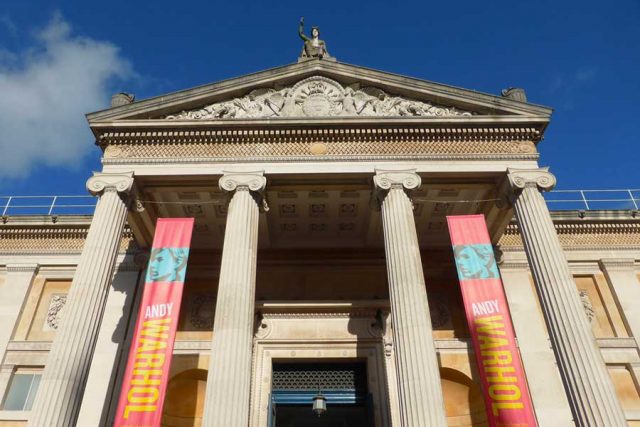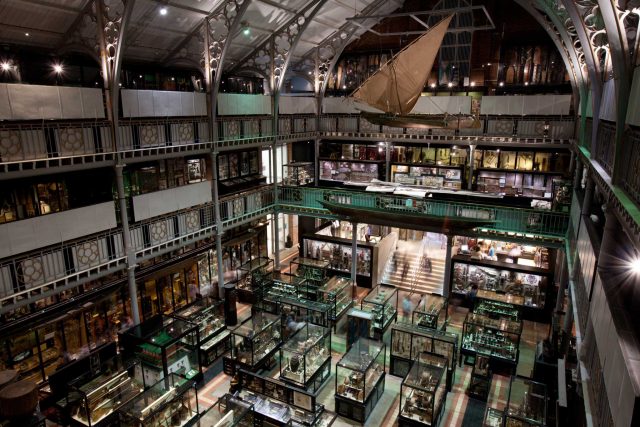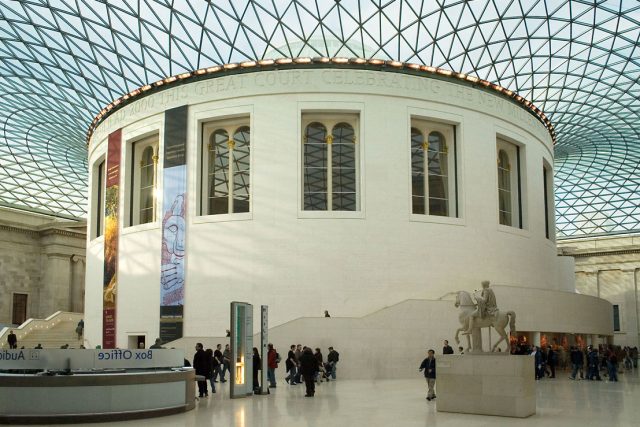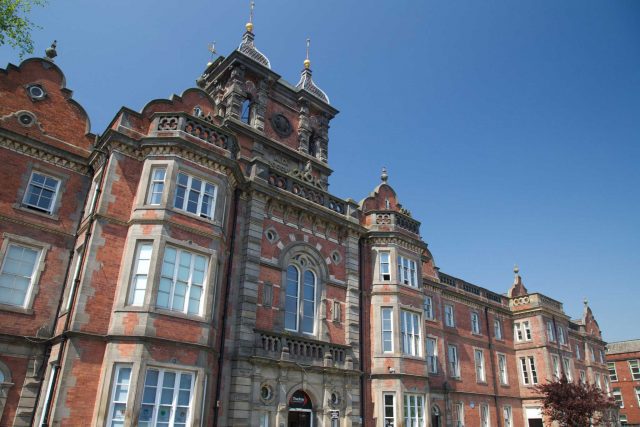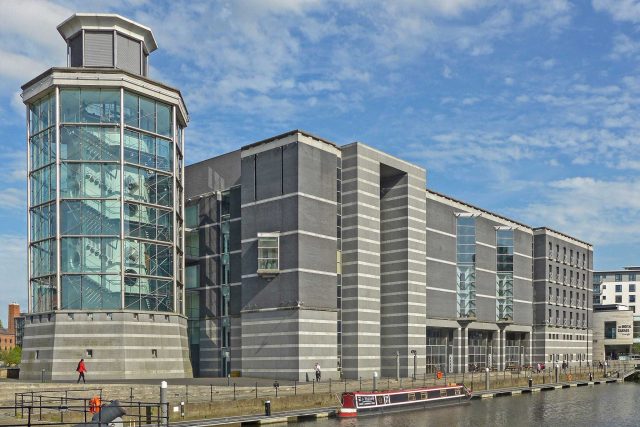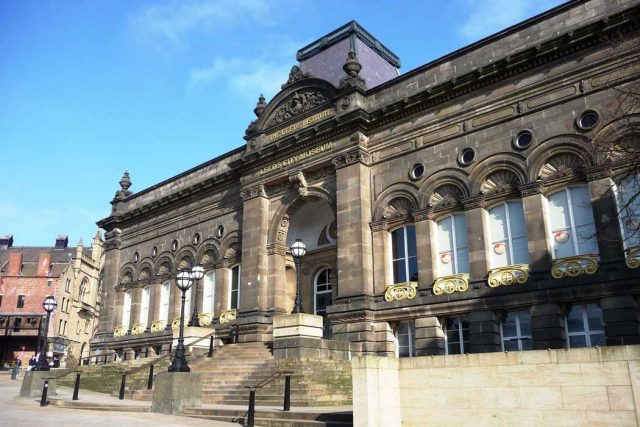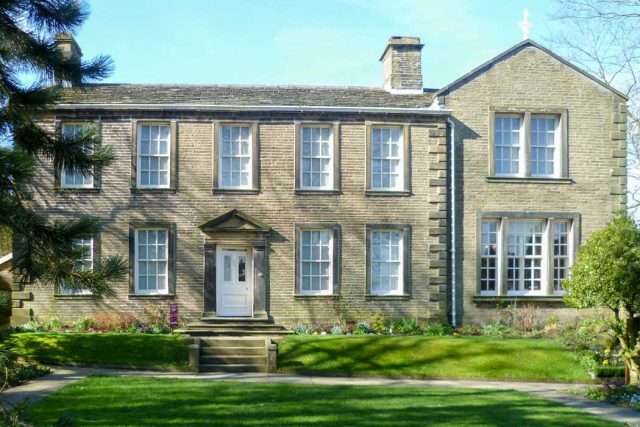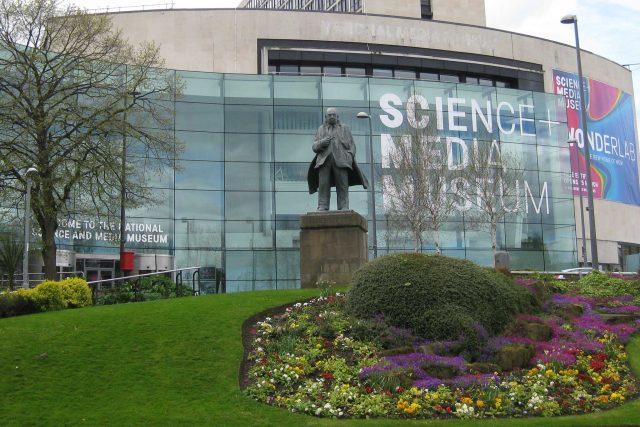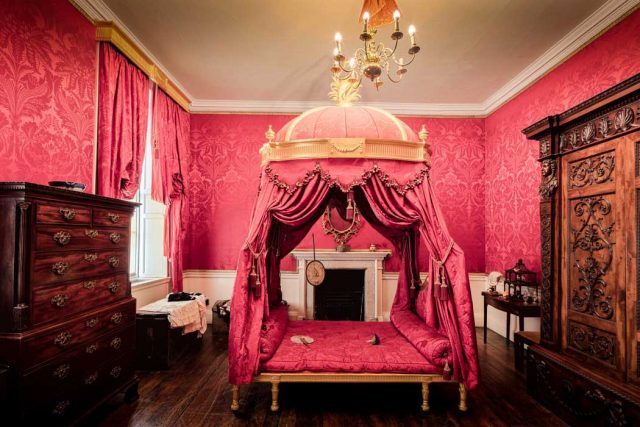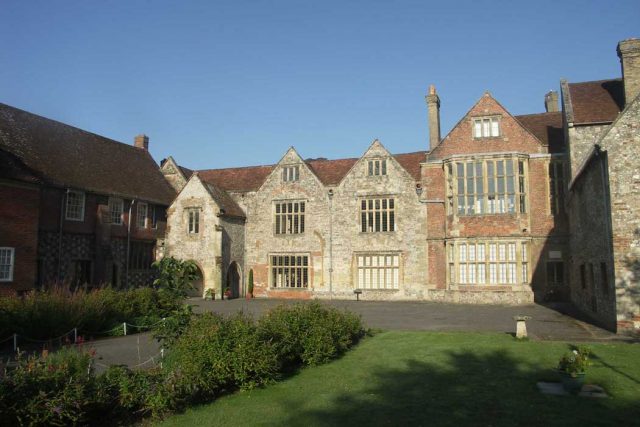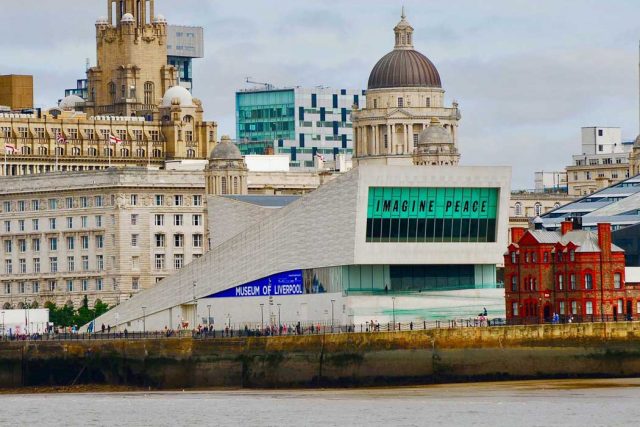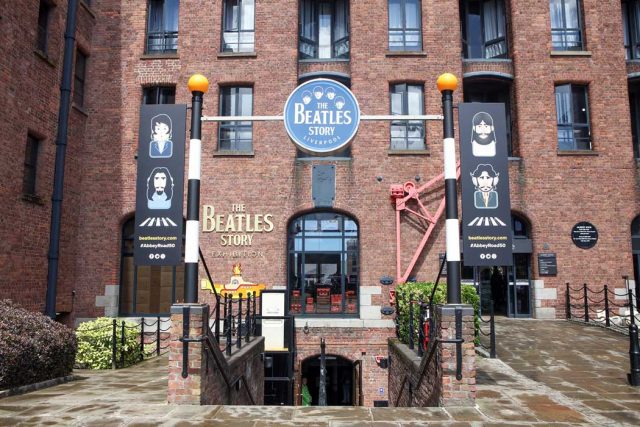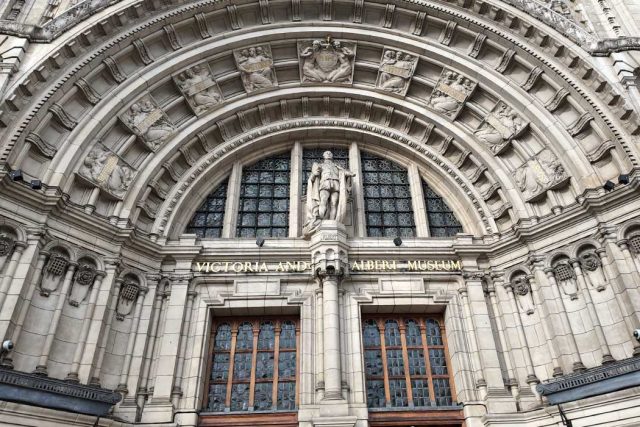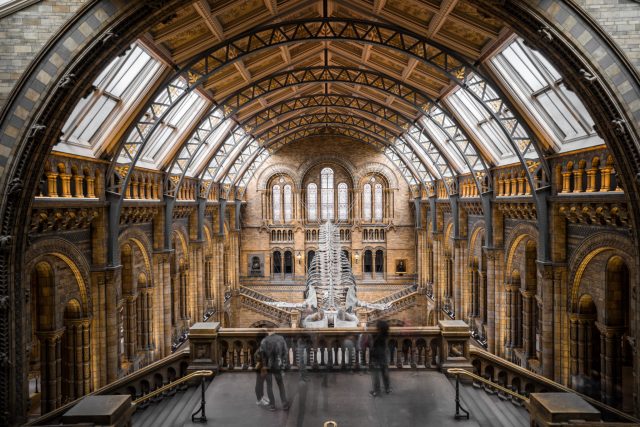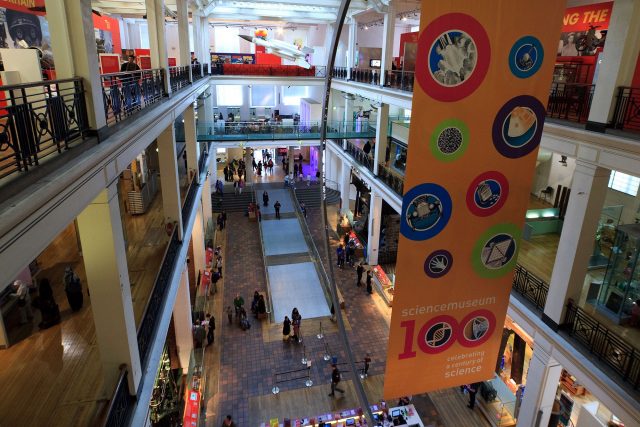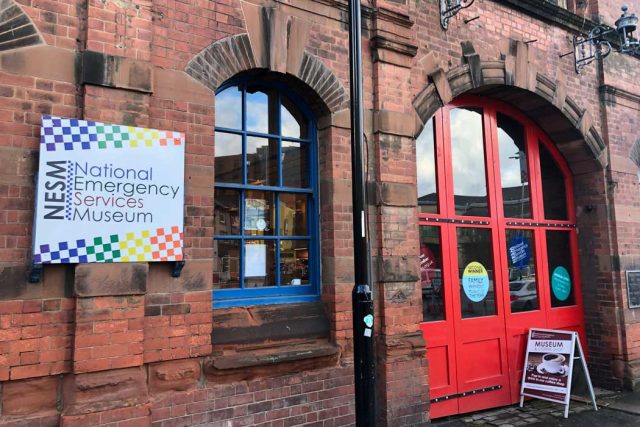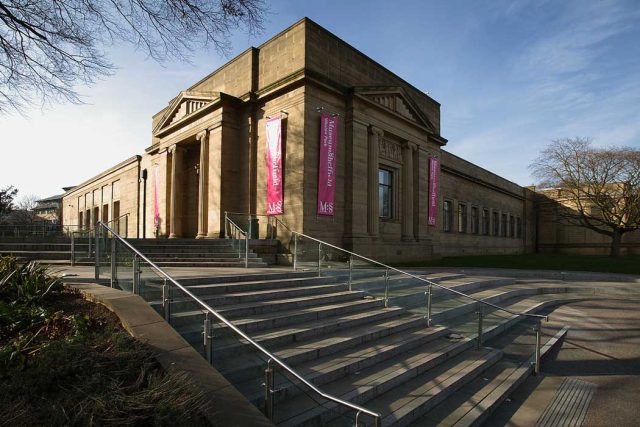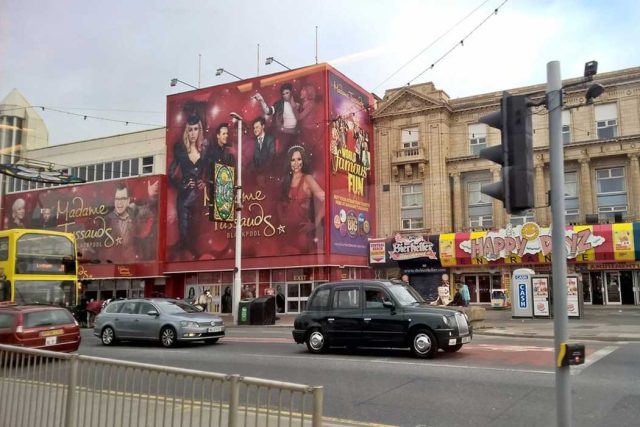British Museum
Now closedRated 5 out of 5
The British Museum is one of the world’s great museums. It is the most-visited museum in the United Kingdom and its exhibits chronicle the story of the western world through an unmatched collection of antiques and displays that include the Elgin Marbles, the Rosetta Stone, the Iron Age Lindow Man and numerous Egyptian mummies and sarcophagi.
25
Free
Thackray Museum of Medicine
Now closed
The excellent Thackray Museum of Medicine (formerly the Thackray Medical Museum) in Leeds has interesting displays focusing on the history of medicine. The museum is housed in the former Leeds Union Workhouse, which was built in 1858 and has been primarily a medical facility for the poor before becoming the East Leeds War Hospital during the First World War.
Price £11.95
Brontë Parsonage Museum
Now closed
The Brontë family lived in this Georgian Parsonage in Haworth between 1820 and 1861. The Brontë sisters wrote many of their most famous novels here and the parsonage is where Charlotte Brontë wrote Jane Eyre and where Emily Brontë wrote Wuthering Heights.
Price £13
National Science and Media Museum
Now closed
The National Science and Media Museum, formerly the National Media Museum (and before that, the National Museum of Photography, Film & Television), is Bradford’s top attraction. It has seven floors of galleries with a focus on the history, culture and the underlying science of photography, film and television.
Free
Bolling Hall
Now closed
Bolling Hall is one of Bradford’s oldest buildings, with much of the current building dating from the 14th century. The manor house was originally the seat of the Bolling and then the Tempests, two important land-owning families in the days when Bradford was just a small town.
Free
Museum of Liverpool
Now closed
The Museum of Liverpool is set in a striking modern building at Pier Head. The museum tells the story of Liverpool’s history, people and culture and its exhibits include displays about the role of the Industrial Revolution and Liverpool’s role as a major port city serving the British Empire. There are also exhibits about cultural icons such as The Beatles and recent changes to the city’s urban environment and culture.
Free
The Beatles Story
Now closed
The Beatles Story is a popular attraction that has displays on various aspects of the Beatles including Liverpool in the 60s, the Abbey Road studios and their Hamburg era. Highlights include a replica of the Cavern Club, George Harrison’s first guitar, John Lennon’s glasses and the Beatles’ jackets.
Price £20
Natural History Museum
Now closed
The Natural History Museum is a fine Gothic revival building that features a rich collection of exhibits from the animal and plant kingdoms, which include the huge dinosaurs that dominate the main exhibition halls, the impressive mammal balcony and the ecology gallery with its moonlit, replica rainforest.
Free
Madame Tussauds Blackpool
Now closed
Madame Tussauds Blackpool is part of the internationally recognised chain of wax museums, offering visitors the chance to get up close to lifelike wax figures of famous personalities. Opened in 2011, this branch has quickly become one of Blackpool's most popular attractions, drawing visitors from all over to see the wax representations of stars from television, music, sports and history.
From £17.50 To £21.50
Showtown
Now closed
Showtown is a museum that provides an insight into Blackpool’s rich history of entertainment and leisure. Located in the heart of Blackpool, the museum is dedicated to celebrating the unique cultural heritage that has made the town a popular destination for holidaymakers and performers alike. The museum highlights Blackpool’s iconic role in British entertainment, from its theatres and piers to its vibrant nightlife.
Price £15
Spitfire Visitor Centre
Now closed
The Spitfire Visitor Centre at Blackpool Airport offers a unique opportunity to learn about one of the most iconic aircraft of the Second World War. With detailed exhibitions, restoration projects and educational displays, the centre showcases the history of the Supermarine Spitfire and its role in defending Britain during the war.
Price £10
Load more listings
Plan your next trip to England with us
Planning a trip to England? englandrover.com is your independent source of travel information with information about how to get around, what to see and do and where to stay on your next trip to England.
Plan your next trip to England with us
Planning a trip to England? englandrover.com is your independent source of travel information with information about how to get around, what to see and do and where to stay on your next trip to England.

